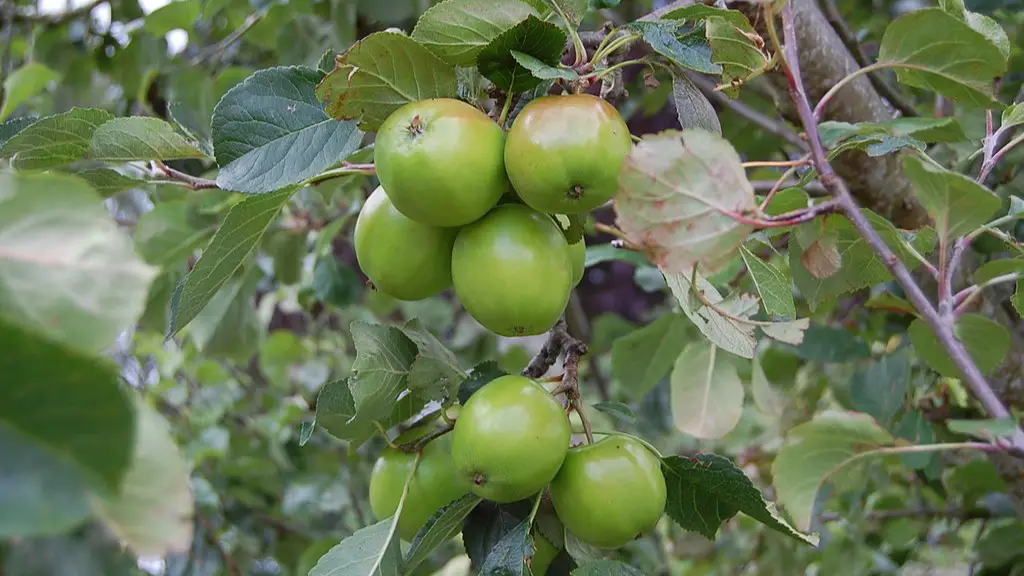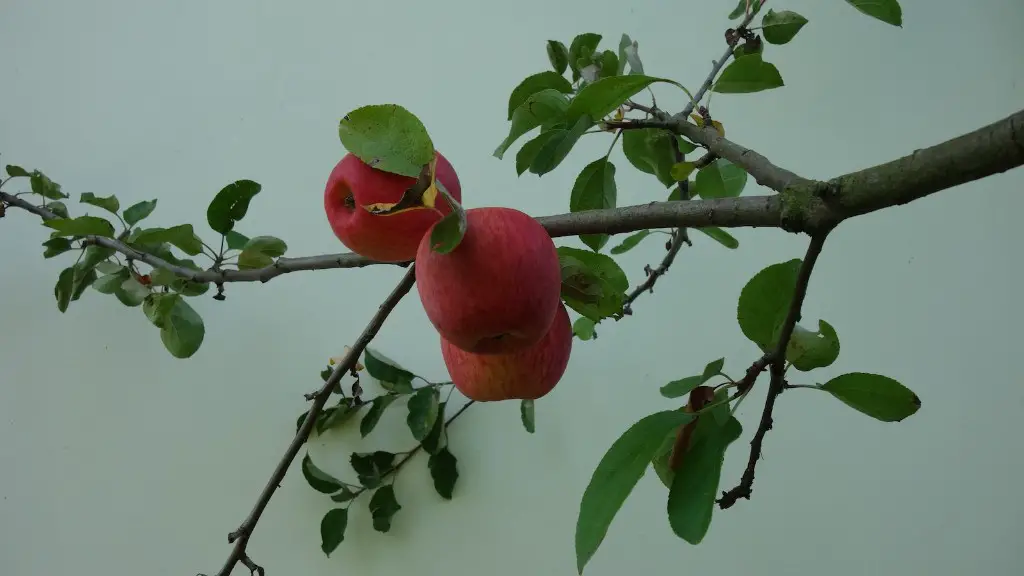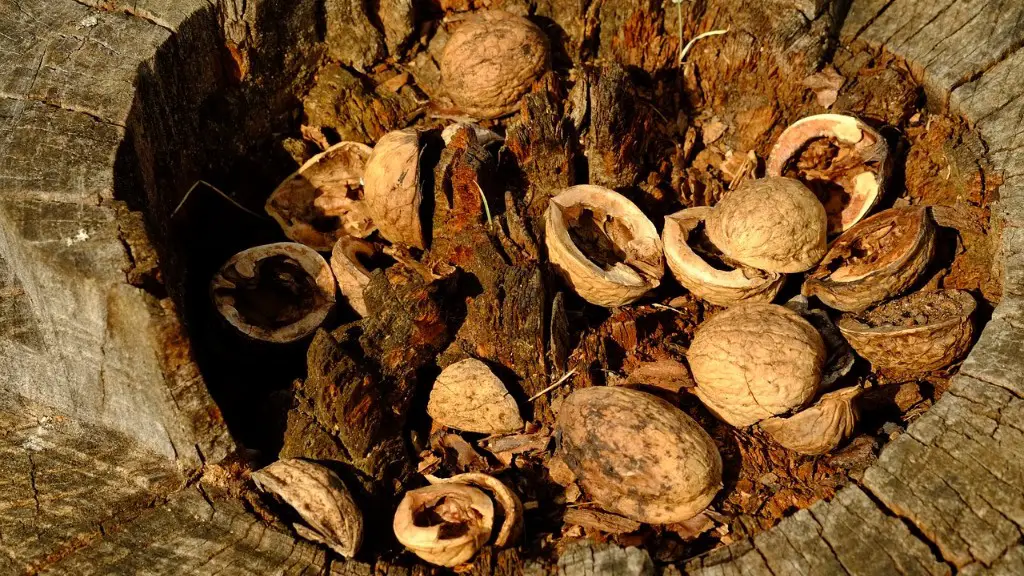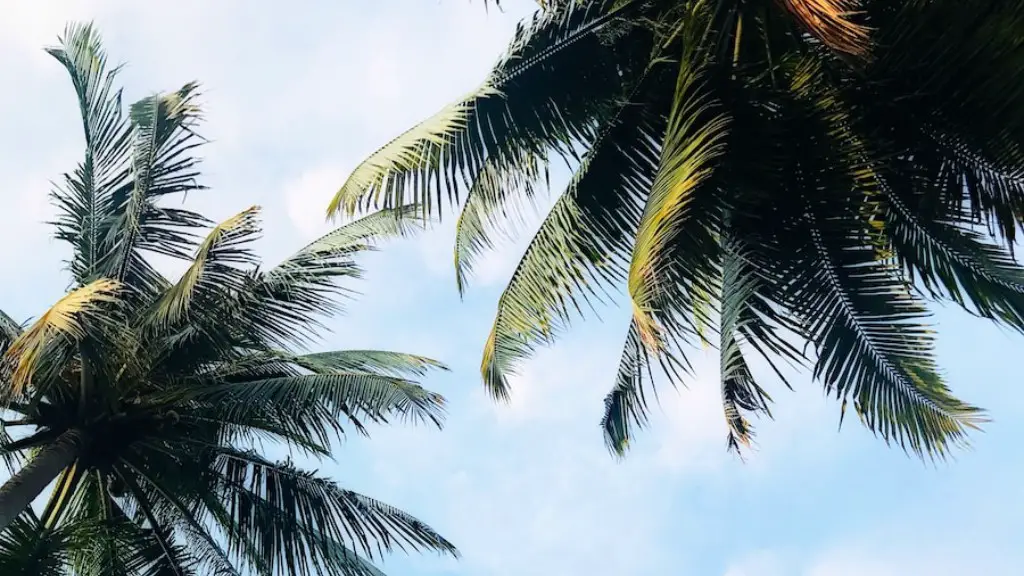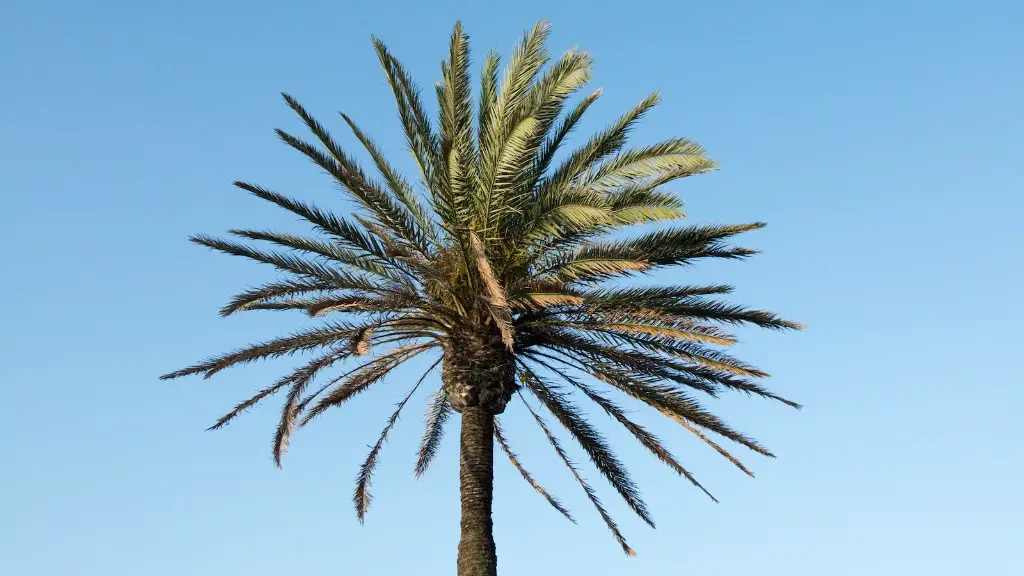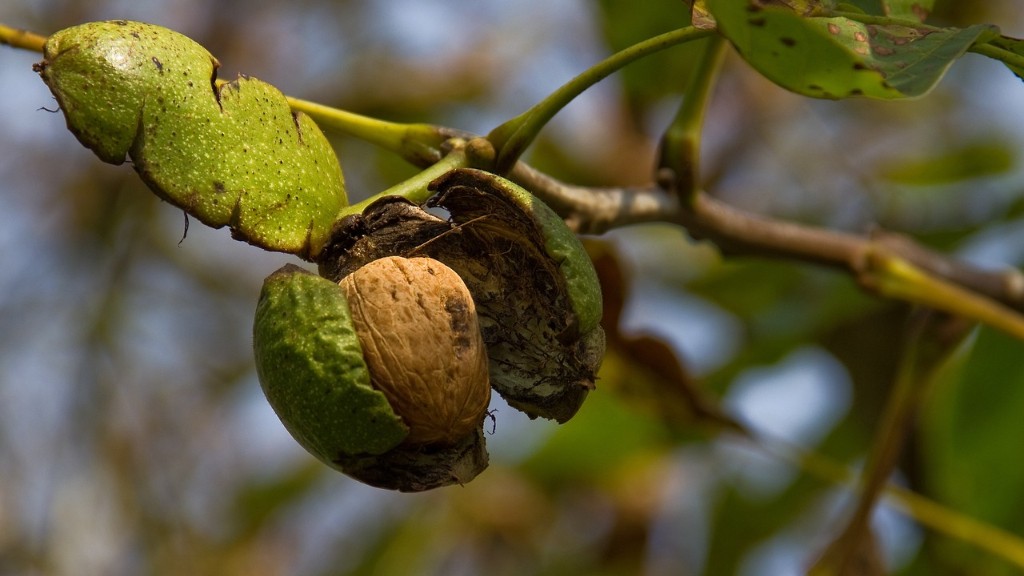Apple trees benefit from periodic pruning, to help them stay healthy and produce more and better apples. Pruning stimulates new growth, removes dead and diseased branches, and provides more space for sun and air to filter through the tree canopy. It’s necessary to prune apple trees so that you can harvest a good size harvest in autumn. The best time for pruning a tree is during the dormant season, between late autumn and early spring. During this period, apple trees are not actively producing leaves and branches and do not require much energy. At this time, the tree is drawing energy from reserves stored in its roots, so it can focus on healing the pruning wounds and growing new shoots.
Because apple tree pruning requires some know-how and experience, it’s best to start when you first plant your tree. This allows you to shape and train it while it is still young and able to respond to pruning. After the initial pruning to shape the tree, it should need only light maintenance to maintain its shape and health.
For older apple trees, winter is the best time to prune. This usually begins when trees are dormant, usually in late winter before the buds begin to swell in spring. Trees that are more than 4 years old should be pruned after fruit harvest. The goal is to remove crossing and excessively long branches. Careful pruning allows you to ensure strong, even scaffolds of branches, which will support more fruiting laterals. This will lead to easier picking and a better fruit production.
In summer, when your apple tree is actively growing and producing, pruning should be limited to removing dead, diseased, crossing, and suckering branches, and to thinning out crowded areas. Pruning during summer can stress the tree, so only remove branches when absolutely necessary.
Pruning isn’t rocket science, but it’s important to know when and how to prune an apple tree to get maximum benefits. Avoid pruning at the wrong time of year or over-pruning, which can cause more damage than good. If you follow the guidelines above, you’ll have a healthy and productive apple tree.
Winter Pruning
Winter pruning of apple trees should begin when they are dormant, usually in late winter before the buds begin to swell in spring. The goal of this type of pruning is to remove crossing and excessively long branches, so that the tree will support more fruiting laterals, which will lead to easier picking and better fruit production. During winter pruning, don’t remove more than 25% of the canopy of the tree. Additionally, avoid pruning off more than one-third of the total length of one branch at a time and don’t remove large limbs from the interior of the tree.
Cut branches that cross or rub against each other, as well as those that are vertical or have wide crotches, which are prone to breaking. Remove deadwood and diseased branches, and those that are growing into the center of the tree. Thinning out crowded areas also improves the overall shape and healthy of the tree, as well as allowing more light and air to reach the inner portions of the canopy.
Keep in mind that winter pruning should be done quickly and carefully, with an eye towards the overall shape of the tree. When pruning a young tree, don’t trim what would be the main scaffold branches. Keep the main branches on young trees long, so that their shape will be supported as the tree matures. Also, take care not to leave large stubs on the tree trunk, as these can become weakened and susceptible to disease.
The most important goals of winter pruning are to promote a healthy tree, with the correct shape and structure, and improve air circulation and light penetration. When done properly, winter pruning sets the stage for a productive harvest in the autumn.
Summer Pruning
In summer, when your apple tree is actively growing and producing, pruning should be limited to removing dead, diseased, crossing, and suckering branches, and thinning out overcrowded areas. Pruning during summer can stress the tree, so only remove the branches when absolutely necessary.
Remove dead and diseased branches, as well as those that crosses or rubs against other branches. These branches can cause wounds that can lead to infection and disease. Suckers, which are shoots that sprout from the base of the tree, should also be removed as soon as possible, as they can suck up water and nutrients, taking away from the health of the canopy of the tree.
Thinning out overcrowded areas is also important during the summer months. This allows more light and air to reach the inside of the canopy and increase the overall health of the tree. When thinning out, keep in mind that removing more than one-third of the total number of branches or buds can cause the tree to become unbalanced and produce fewer fruits.
Finally, it’s important to take care not to leave large stubs when pruning. These can weaken the tree and become susceptible to infection. Also, don’t over-prune, as this can cause even more damage. Prune just enough to keep the tree healthy and attractive.
Proper Tools
Apple tree pruning requires the correct tools in order to be done correctly. Secateurs are best for smaller branches, while loppers are better for larger branches. Pruning saws are more effective for larger trees, or for branches that are too large for loppers. Pruning shears can be used for shaping, but if overused, they can cause damage to the tree. If you don’t have the correct tools, it’s best to hire an arborist or tree professional. They have the tools and experience to do the job correctly.
The most important thing to remember when pruning an apple tree is to use clean and sharp tools. This helps to keep the cuts clean, which helps to reduce disease and infection. Keep tools clean by wiping them with rubbing alcohol after each use. If pruning larger branches, dip the blades in rubbing alcohol prior to use to help reduce spread of disease.
Also, always make sure the tools you’re using are sharpened, as this will make cuts easier. Dull blades can cause damage to the tree by crushing the wood as opposed to making clean cuts. This can leave the tree open to infection and disease.
Additionally, it’s a good idea to protect yourself with gloves, goggles, and long sleeves and pants to avoid getting pricked or scratched. Apple tree thorns can be very sharp, and the last thing you want is an infection from pruning your tree.
After Pruning
Once you’re finished pruning your apple tree, there are a few things you should do to ensure the health of the tree. Properly disposing of the pruned branches is important, as this helps to reduce the spread of disease and infection. Pruned branches can be composted, burned, or chipped and used as mulch.
Inspect the tree for any signs of damage or disease. If there is damage, it’s important to treat it immediately, or else it could lead to more serious problems down the line. Also, you can apply a fungicide or pesticide to the cuts you made with your pruning tools to help protect against disease and insects.
Finally, keep an eye out for new growth coming from the cut branches. This indicates that the tree is healing, and it’s a good sign that the pruning was done correctly. If you don’t see any new growth, it may indicate that the pruning was too harsh, and could require a bit more care to ensure the health of the tree.
Preventative Care
In addition to regular pruning, it’s important to practice preventative care with your apple tree. This includes providing proper nutrition and irrigation, as well as keeping the tree clear of competing vegetation and debris. Proper nutrition will keep the tree in good health and make it less susceptible to diseases and infections.
It’s also important to monitor the tree for pests and diseases. Pay attention to any discoloration or wilting, as this can indicate the presence of disease or pests. If you do see signs of pests or disease, it’s important to take action right away to prevent the problem from spreading to other parts of the tree.
Finally, it’s important to keep the area around the tree clear of competing vegetation and debris. Remove any weeds and branches that could be competing for water and nutrients, as this can reduce the tree’s health and ability to produce fruits. If the tree isn’t getting adequate sunlight, it could produce fewer fruits, so make sure the tree is in a sunny spot.
